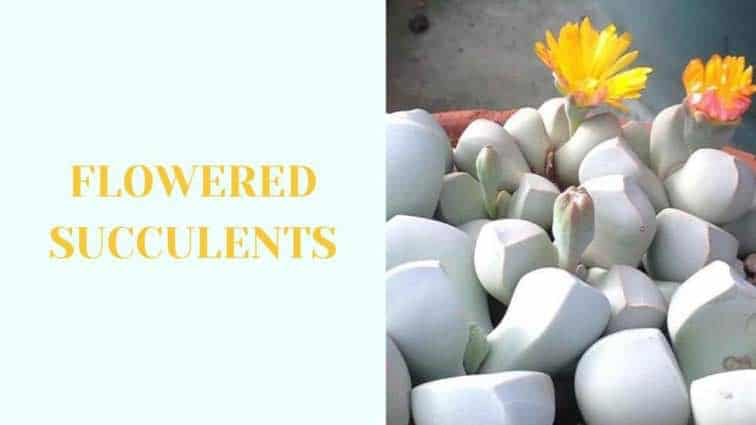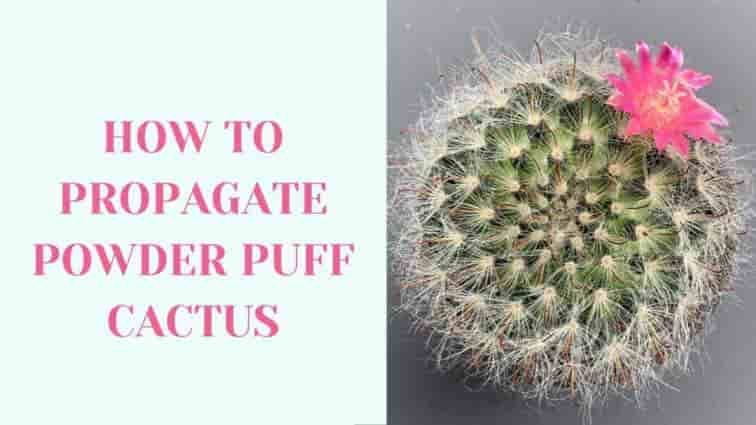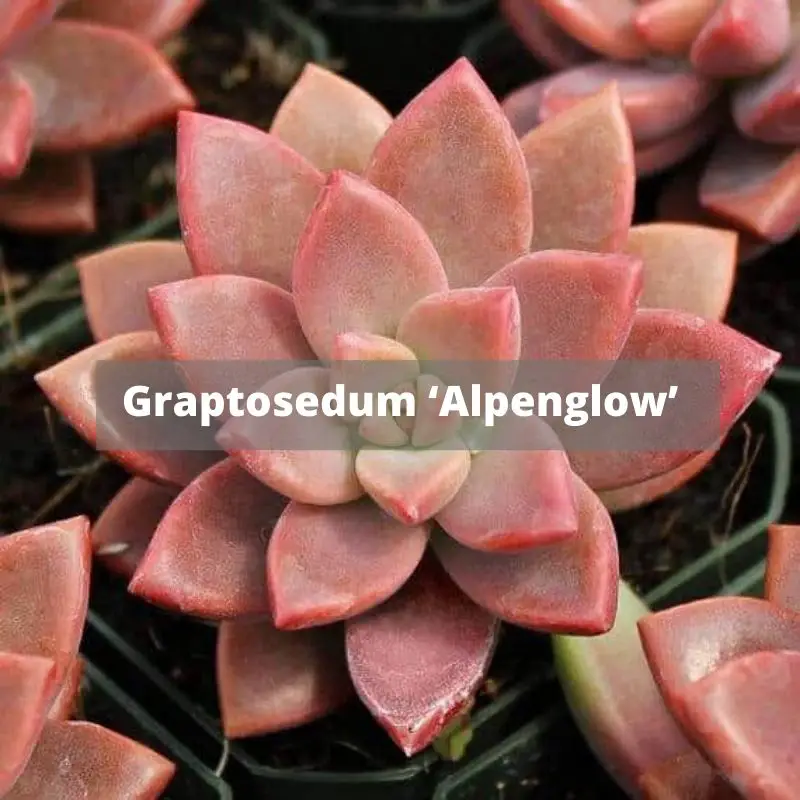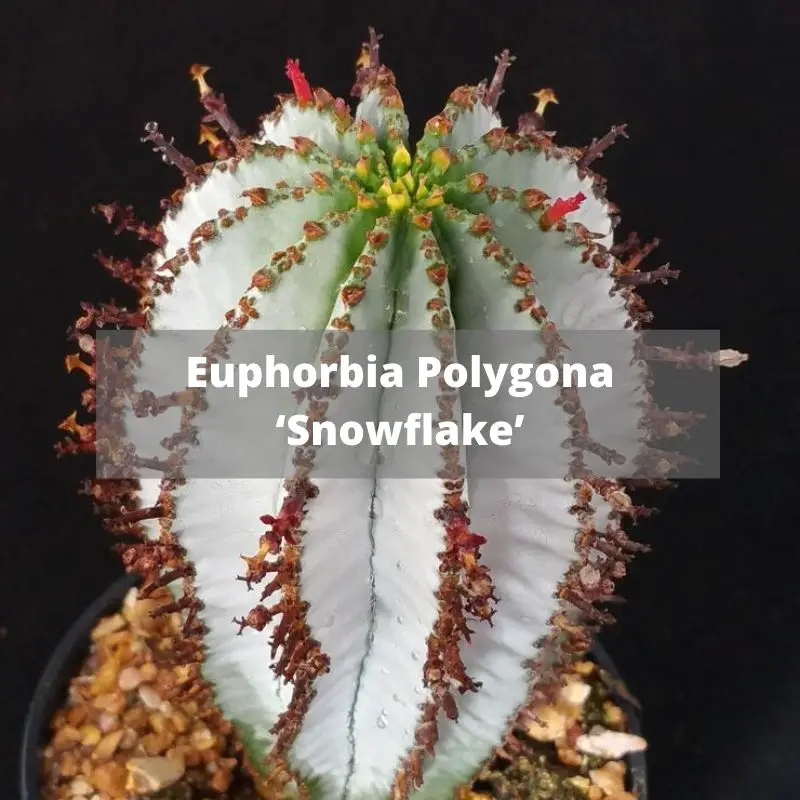The Stapelia Grandiflora is a succulent plant found within the genus Stapelia, also known as Starfish cacti or carrion flower. Stapelias are low, perennial succulents that come in red, green, or purple colors. They are easily recognizable based on their stems, surface, and branching. The group of succulents related to Stapelias trace their origin in southern Africa in the milkweed family of Asclepiadaceae and not cactus. It is one of the largest flowers in the plant world in which flowers in fall with the flower buds triggered by shortened daylight hours.
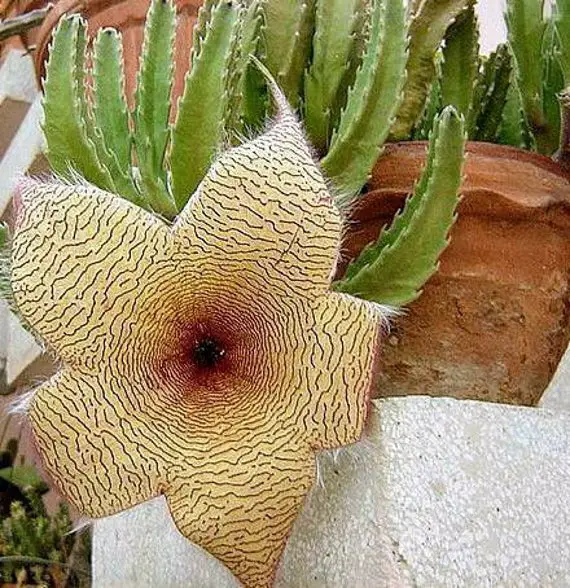
Picture via plantcircle.co
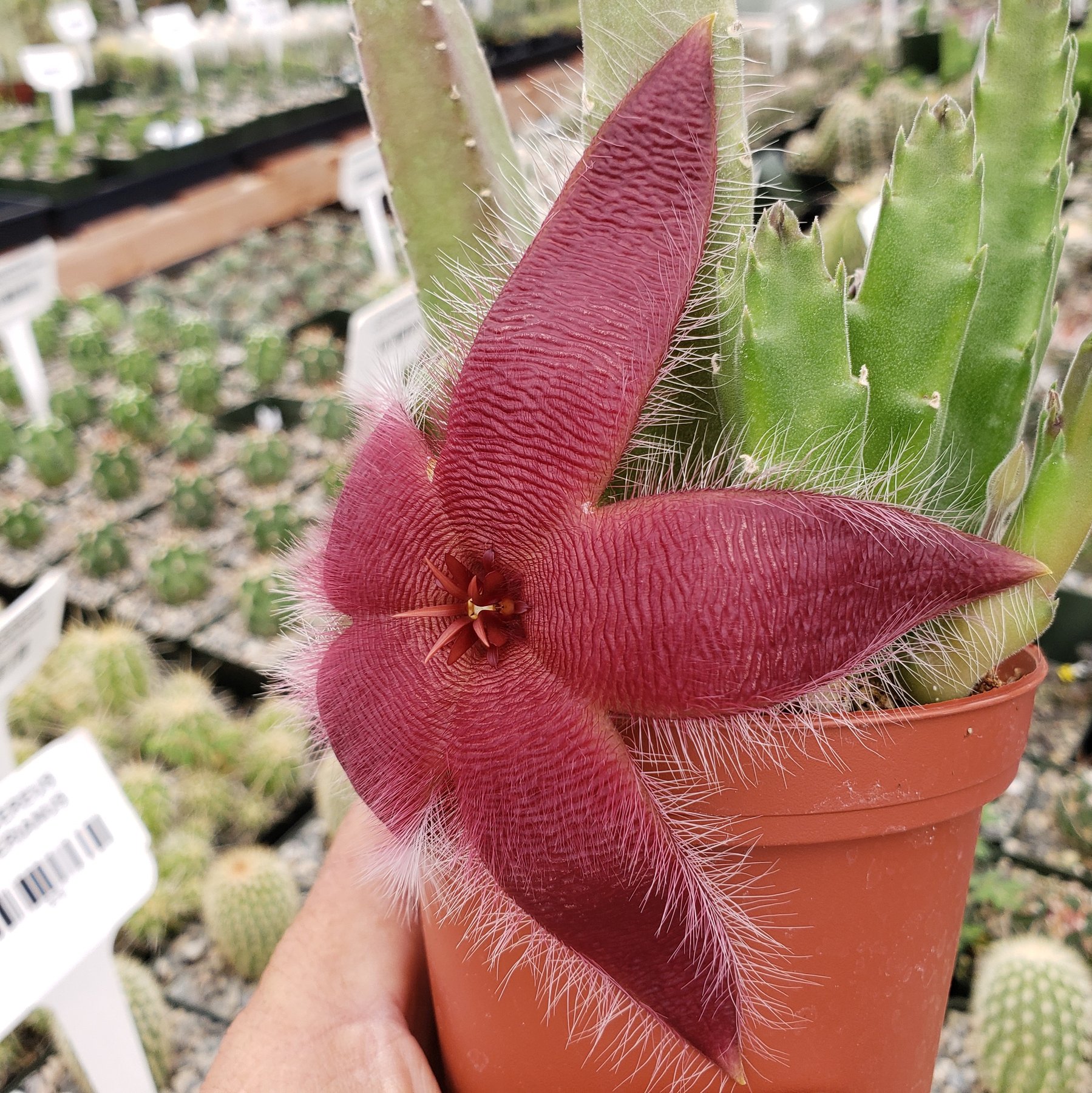
Picture via planetdesert.com
This succulent is a leafless four-angled stem with toothed edges that produce attractive star-shaped flowers. The name starfish cacti come from the shape of the flowers that have a pleasant aroma that can liven the homestead. The plants in the garden have the potential of growing to 24 inches wide, thus making effective ground covers. However, the Stapelia Cactus is not exactly a cactus as it produces petal-flowers that excludes an unpleasant odor.
These plants share similar characteristics as those from the carnivorous family in the sense that they possess insect attracting flora. However, they are not carnivorous and tend to stink when compared to carnivorous plants. While it is not exactly cactus but a member of the succulent group of plants, the starfish cactus are soft-stemmed plants that are thickly skinned without spines.
The Stapelia makes a decorative indoor plant that is easy to care for, due to its striking feature in flowers and succulents. It can also survive as an effective ground cover when planted in the home garden. This succulent does not have a serious insect or disease problem once planted in the garden, though it can be susceptible to mealy bugs. Learn how to get rid of mealybugs in this article here.
Growing Conditions for Stapelia Cactus
These plants are frequently grown by collectors of succulents and are rarely grown for beauty. However, these plants can make a good show when grown in masses in the garden. Growing the starfish slower as a houseplant is ideal in most parts of the world. The varieties grown as houseplants can vary in height with small plants ranging between 1- to 23 centimeters while large flowers can reach 38 centimeters in diameter.
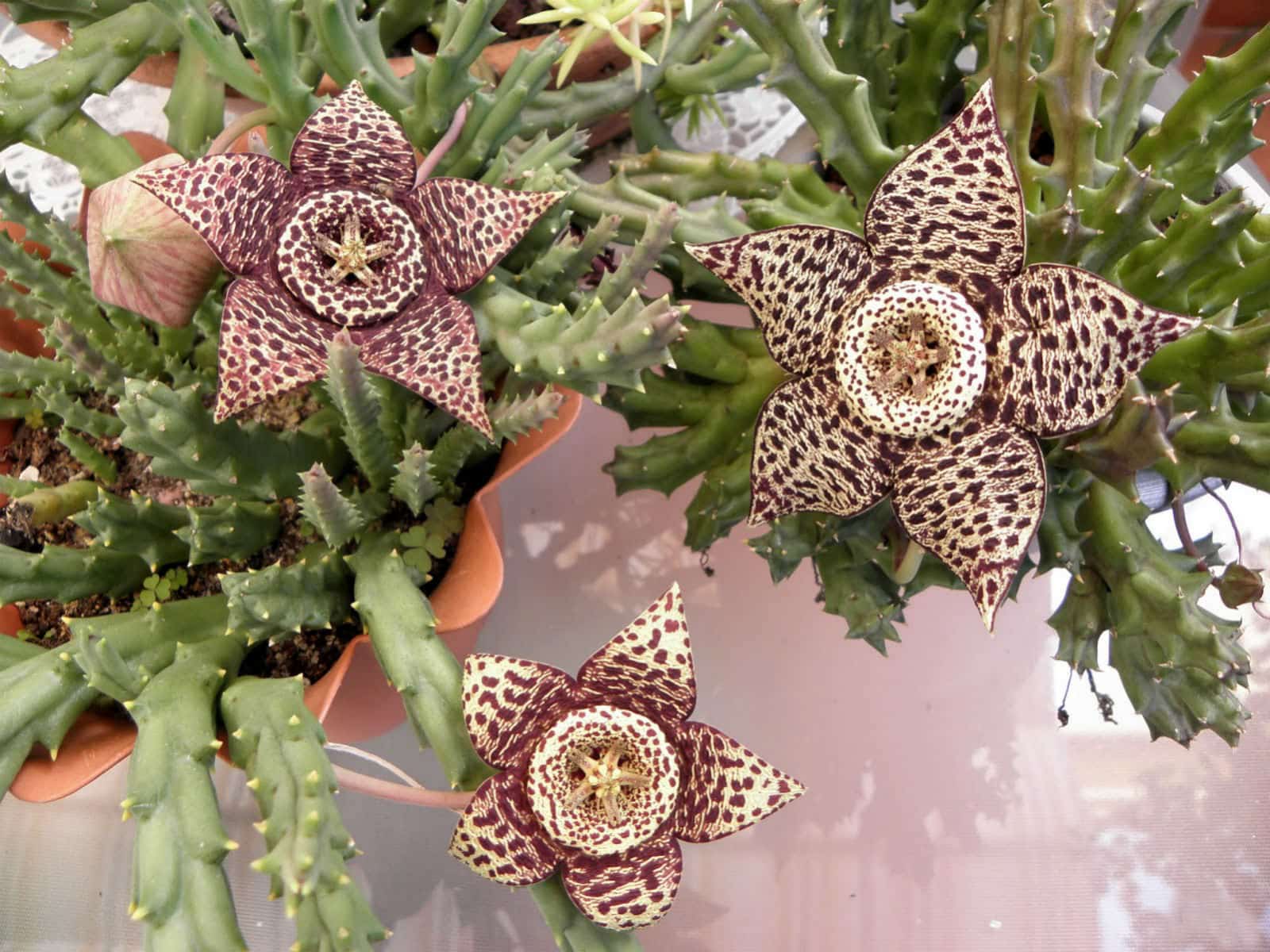
Picture via laserlevelguides
This succulent plant is fairly easy to grow, and will not suffer when neglected for a little while. The succulent is easily propagated by the use of seeds or stem cuttings. It can grow after flowers die back and seeds form, but this will require sustaining the smell coming from the plant. After forming the seeds, collect and start them in a warm area to facilitate propagation.
However, it is easier to propagate the plant from cuttings where you remove a 4-inch section of the stem and use it for growth. The stem after drying is placed into peat that is lightly moistened but not too mist to avoid rotting. Once it has grown, report the plant in regular soil to facilitate its full growth and maturity. Propagation for the Stapelia cactus happens easily by divisions and cuttings. The propagation should be done by cutting off healthy stems from the succulent using a sharp knife. The stem should then be allowed to dry before planting them in individual pots of commercial cactus compost.
At the same time, you can purchase the Stapelia Cactus from a specialist nursery, or good garden enters if you want a plant with a firm, succulent stem and good growth. The potting of this succulent should be done in the spring using a shallow pot to allow it time for germinating in the summer. The idea soil for the plant is a commercial cactus mixture plus a little mold, in addition to a layer of broken crocks in the bottom for drainage.
The plant requires careful watering with some fertilizers to sustain their growth and ensure they reach maturity. Ensure you provide the right concentration of fertilizer and nutrients when propagating to help it grow into a mature plant. The seeds once sowed germinate rapidly, though they take close to a year to ripen. They are best grown in the summer as opposed to winter since they cannot grow in temperatures below 10 degrees.
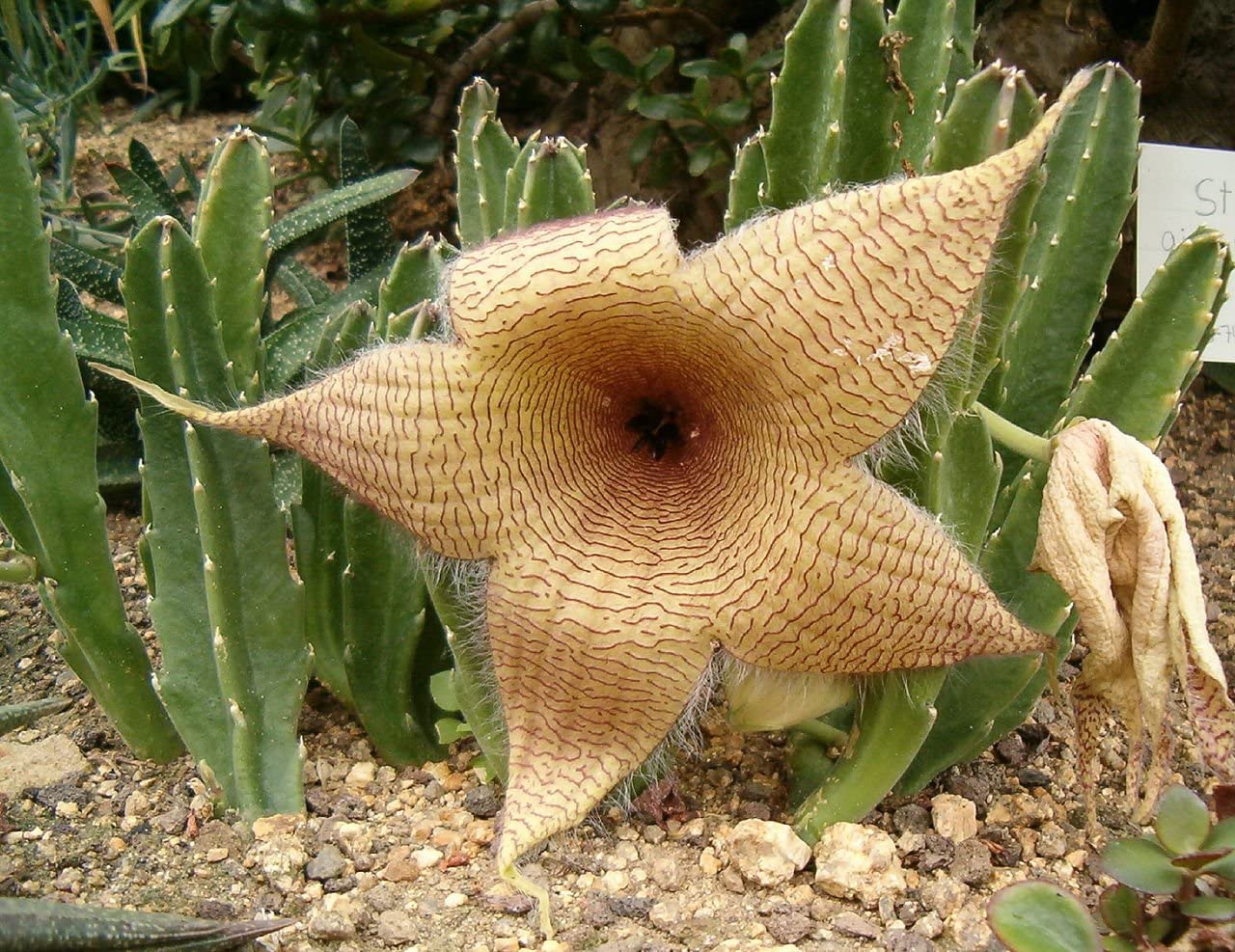
Picture via Amazon
Care for the Stapelia cactus includes maintaining a temperature of 25-35 degrees in a shaded area after sowing the seeds. Allow the plants to rest in winter due to the cool temperatures, then grow them in a sunny window of the summer as a houseplant. Overwatering of the stems can cause them to rot, affecting the succulent from growing. The solution to this problem is to plunge the pot in a container of water until the composed is saturated, then allowing excess water to drain away.
Stapelia Cactus Plant Care
These succulents can grow well at a moderate temperature with adequate light and moderate watering. It will also thrive in partial to full sun, with morning sunlight seemed to be the best compared to the harsh midday rays. Insufficient light can affect plant growth as they rely on more light to grow and make food.
The plants are easy to take care of as they thrive in a variety of light conditions. They are desert succulents, which means the plants crave for more sunshine more than anything else. The succulents are also drought-resistant, which means they can survive with little water and will not require too much care. They only need water when born dry, especially in the winter. However, they need consistent moisture, unlike the true cacti counterparts. During the summer, your focus should be watering moderately while allowing the compost to dry out between each application. The plants will need water every two weeks during the summer and once a month in the spring. However, they can do without water in winter, and you will not have to water them.
The best growth environment for Stapelia cactus is providing as much light as possible, but you should be cautious to protect them from too much direct sunlight during the summer. The cactus tolerates normal temperatures in the summer and can be put outdoors until early autumn. However, they are most likely to be affected by cold temperatures experienced in the winter.
Your Stapelia Cactus will live for many years if you take care of it properly, including being careful about overwatering. The established plant performs well with minimum moisture but will die when placed in chilly, wet soul or placed in pots that are too large.

